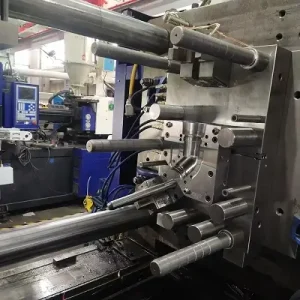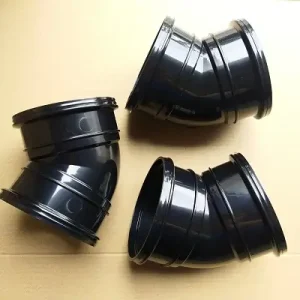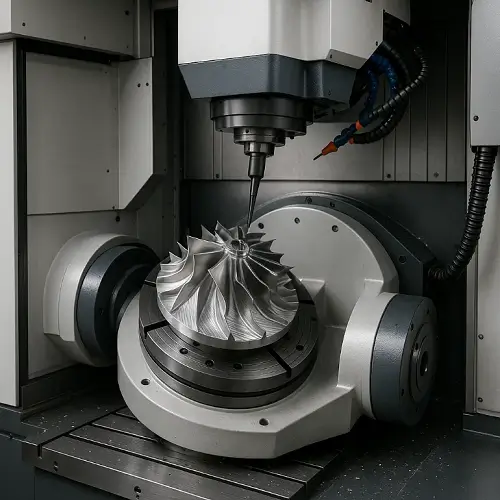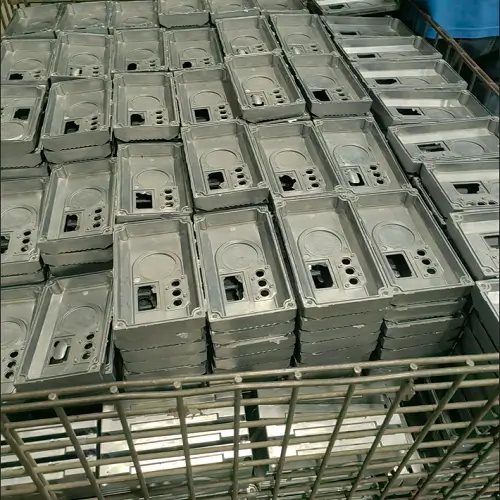In the 21st century, low volume injection molding has become the preferred choice for many companies in the plastic products manufacturing industry. As a staff member at Jeek Rapid, a factory with 15 years of injection molding experience, I’d like to share the advantages of low volume injection molding and some real-world cases from our clients. This article will focus on real examples to explain why low volume production is so popular.

Advantages of Low Volume Injection Molding
Low volume production usually refers to batches of 100 to 10,000 pieces. Many factories set minimum order quantities, but we are different. You can simply send us your drawings—we can even send you samples first, no matter the quantity. Cost control is the most obvious advantage. Developing a standard injection mold is often very expensive, sometimes costing tens of thousands of dollars. Our low volume production uses aluminum molds or simplified steel molds, which significantly reduces costs.
Last year, we helped a startup medical device company with an aluminum mold project, producing 3,000 parts.
Cost control is the most direct advantage. A regular injection mold can cost tens of thousands to hundreds of thousands, but low volume production using aluminum or simplified steel molds can reduce costs to one-third or even one-fifth. For instance, last year we worked on a project for a medical device startup, producing 3,000 enclosures using an aluminum mold. The mold cost was only $28,000—saving over $70,000 compared to a traditional steel mold.
A shorter delivery cycle is another key factor. From design approval to receiving the first batch, low-volume production usually takes only 2 to 4 weeks. For example, another client urgently needed 500 sets of automotive sensor housings for a trade show. From mold manufacturing to delivery, we completed everything in just 18 days.

Key Technical Considerations in Practice
When it comes to materials, low volume production has its own considerations. We prefer using materials with good flowability, such as PP or ABS, which require less strict mold precision. For high-spec applications like medical or food-grade products, we usually suggest the client run an initial batch with standard materials to confirm the design before switching to certified materials.
In mold design, low volume molds generally avoid complex features like sliders or lifters.
Through these examples at Jeek, we’ve already illustrated the benefits of low volume injection molding, such as:
Reduced mold cost
Shorter production lead time
Support for parts across multiple industries
Flexibility in material selection (e.g., PP, ABS)
Ability to iterate quickly based on market feedback
Typical Use Cases
Medical device production is one of the biggest sectors for low volume molding. Last year, we collaborated with a dental equipment manufacturer who needed 1,500 specialized instrument handles. These products required biocompatible materials and tight dimensional tolerances of ±0.05mm. Low volume molding allowed them to get real product feedback during clinical testing.
Another interesting case involved drone accessories. This client updates their designs every quarter, producing only 2,000–3,000 sets each time. Traditional production wouldn’t be cost-effective, but low volume molding lets them iterate rapidly. Now they revise 2–3 design features every quarter—something that used to be impossible.
Of course, low volume injection molding isn’t just for medical devices or drones. It’s also a faster and more cost-effective solution than 3D printing for early-stage production, market testing, structural validation, and engineering evaluation.
Jeek Rapid: Your Expert in Low Volume Injection Molding
As a professional CNC and rapid prototyping service provider, Jeek Rapid offers full-service support from mold design and tooling to low volume injection molding. With a highly experienced engineering team and fast mold fabrication capabilities, we meet our clients’ needs for quality, lead time, and budget.
If you’re looking for reliable, high-quality low volume injection molding services, feel free to contact us for a free evaluation and DFM (Design for Manufacturability) review. You can also send us your drawings first—we’re happy to make and send you a sample.


